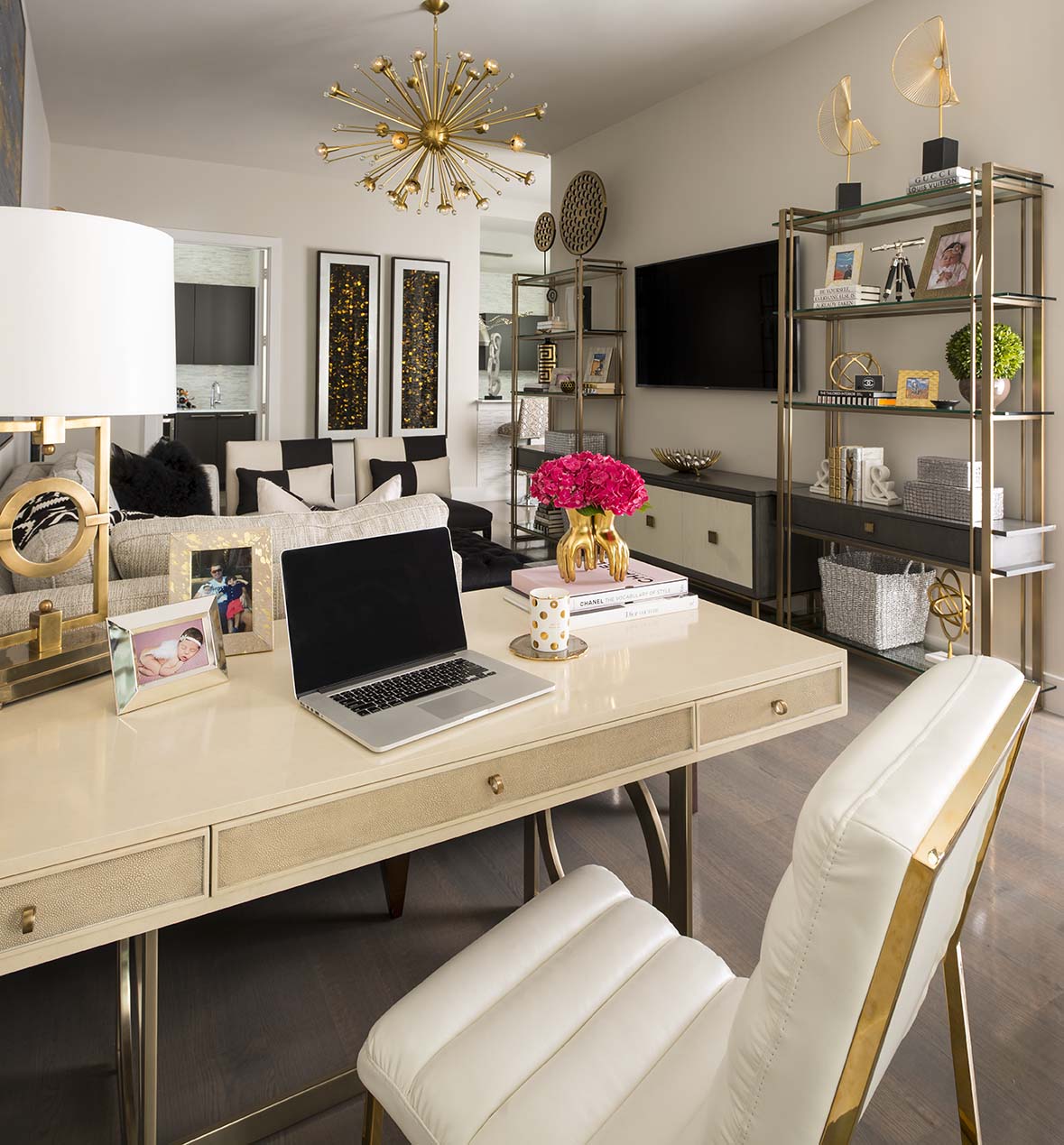Creating A Multi-Purpose Space
 Our homes have always been more than just a place to eat and sleep—and now the boundaries between work, home, and leisure have become more blurred than ever. As we shifted toward more activities being done inside the home in these last few years, we have noticed the effect our surroundings can have on our mood and productivity levels. It can be challenging to envision a space intended for multi-purposes, in some cases doubling or tripling its usage. Whether you’re trying to maximize a small space, create a versatile bonus room, or make an open floor plan more functional, here are a few things you should consider.
Our homes have always been more than just a place to eat and sleep—and now the boundaries between work, home, and leisure have become more blurred than ever. As we shifted toward more activities being done inside the home in these last few years, we have noticed the effect our surroundings can have on our mood and productivity levels. It can be challenging to envision a space intended for multi-purposes, in some cases doubling or tripling its usage. Whether you’re trying to maximize a small space, create a versatile bonus room, or make an open floor plan more functional, here are a few things you should consider.
The first and most important step is to decide how you plan to use the space. Is it essential for working from home? Do the kids need a designated place to do schoolwork? Will you need a place for overnight guests? Is a den or family room for game night and movie watching fundamental to your family’s functionality?
The second step (if the space allows) is to designate separate areas for different activities. Design your multi-functional space in a way that prioritizes activities for which you’ll use them the most. Start with the “biggest zone” and then work to fit the smaller ones. For example, if you need a space for the family to watch TV, read books, and play games, start with seating around the TV. Add a reading nook and game table on the periphery, utilizing square footage that doesn’t make sense for the main zone— i.e., a cozy corner that is more suited to curling up with a novel than watching a movie. Inclusions such as area rugs can make a huge impact on establishing the different zones within a shared space. Room dividers create privacy where needed. Wall paint can easily define a “nook” where a room’s architecture does not support it. There is an incredible amount of space hiding in your home, no matter how tiny it may be; you just need to know where to look for it! Corners, for instance, are often overlooked and under-utilized storage spots. The addition of a simple L-shaped corner desk or corner shelving unit can instantly multiply a room’s storage space, freeing up your floors and closets for other functional uses.
Next, using dual-purpose furniture is pivotal to the success of the multi-room merger. One of the most needed and desired room combinations is a home office + guest room. In most instances, your guests aren’t there that often, so this is an ideal way to get more out of a room. If you only host overnight visitors every once in a while, why fill an entire spare room with a stationary guest bed that rarely ever sleeps guests? With transforming or fold-away furniture, you don’t have to choose. Think Murphy beds, sleeper sofas, and storage desks that tuck away and disappear entirely when not in use. Ottoman cubes on casters not only have storage for things like extra linens, but also can be easily moved for different uses such as a cocktail table, extra seating, or as a footrest. An important consideration is that the furniture still matches your style and decor in all its various configurations.
Finally, establish consistency across color palettes and furniture styles. This will take a multifunctional home from crowded to cohesive. Play with colors and textures to create a unifying theme. Make sure colors and styles are complementary; otherwise, you run the risk of sensory overload. As cliché as it sounds, home is where the heart is, and now home is also where the office, gym, library, cinema, yoga studio, etc. are. At the end of the day, your multi-purpose home should still feel homey, no matter how many other functions it may serve.
